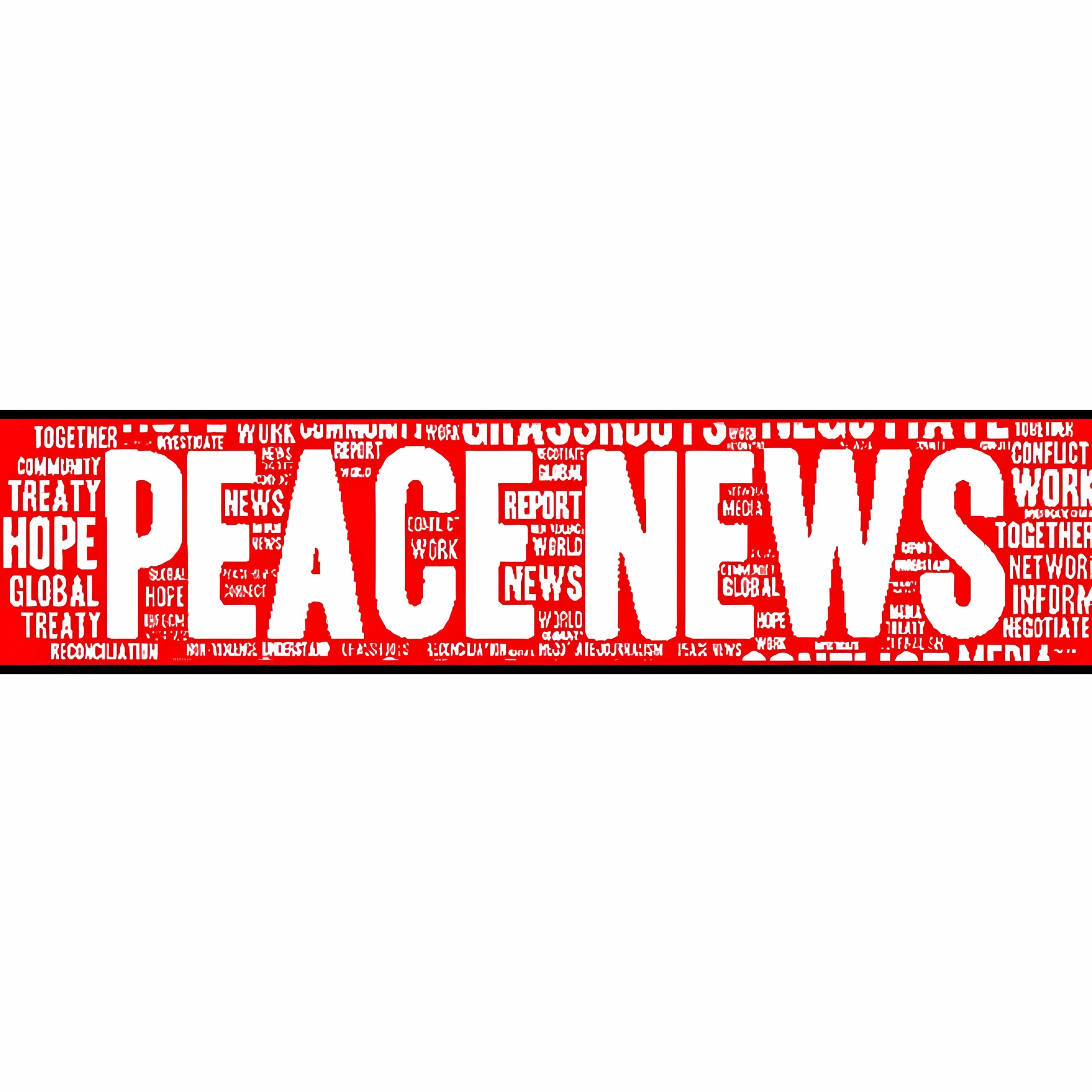Mike Jobbins, SFCG Youth Ambassador to the UN, recently said youth organisations are fed-up with rhetoric about the next generation being just beneficiaries of peace-building projects. He claimed that young people are already strong, and need to be more effectively engaged. “The ways that young people choose to change the world, aren’t going to be shaped by governments,” Mr Jobbins told the UN. “Young people are the last to accept injustice, and because we live in a fundamentally unjust world, it’s by building on the strengths of children and youth that we can channel energies to ultimately address the most serious problems that all of our societies face.” So, what are youth doing for peace? Check out these five youth organizations already making a difference:
- YaLa Young Leaders started in Israel, and is a fast-growing online Middle East peace movement. YaLa provides free citizen journalism training, and gives a voice to over 1 million youth across the MENA region.
- In Lebanon, the International Youth Foundation have created a program called Passport to Success®. It helps people under 24 stay in school and acquire professional skills.
- The clever folks at Peaceful Change Initiative are mapping social peace in Libya. Their Social Peace Index reveals local needs during the political transition that’s happening there.
- African Youth Initiative in Uganda encourages reconciliation, especially in villages affected by the Lord’s Resistance Army. Radio-talk shows, leadership training and conflict mitigations help victims, survivors, and even former fighters.
- In Pakistan the Youth Development Foundation found the best way they could build peace was encouraging tolerance. Their “I am Karachi” tour engaged with youth in volatile regions, promoting respect for diversity.







